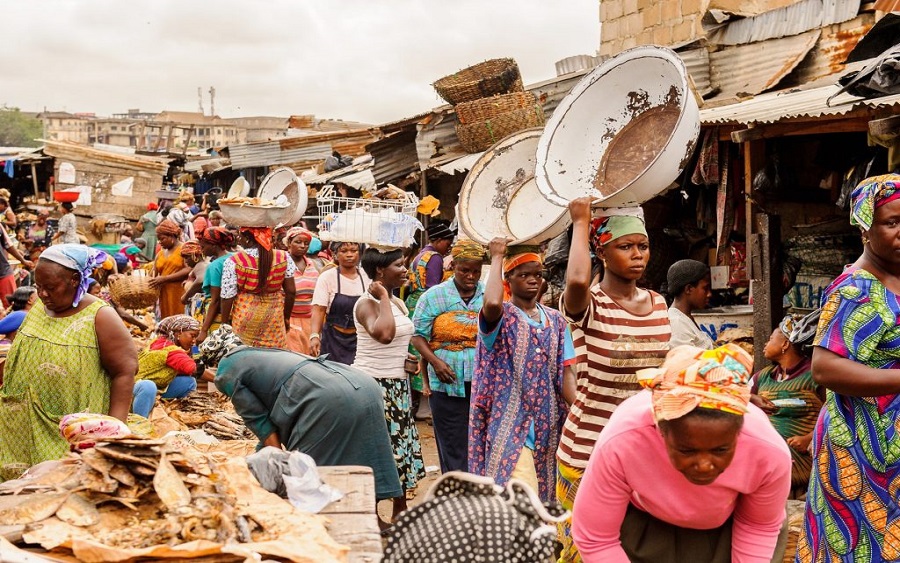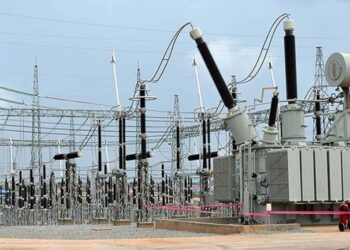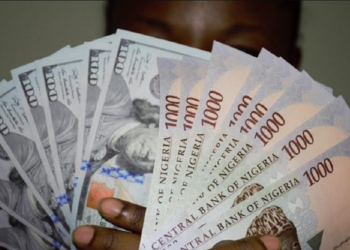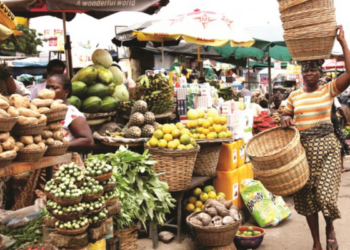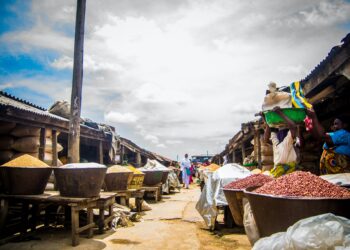Welcome to Nairametrics’ Weekly Macroeconomy Roundup. It’s time to look back at some of the major economic news stories during the week that ended on November 19.
Let’s begin…
Worrisome stats from the NBS
Earlier in the week, the National Bureau of Statistics (NBS) released two reports that left a lot of Nigerians worried. The first one was, of course, the Consumer Price Index (CPI) report which showed that the inflation rate had risen to 21.09% in October.
The increase in the composite index was due to increases in the core and food inflation rate in the period under review.
Speaking of Nigeria’s food inflation rate, it rose to 23.72% in October representing a 5.39% increase compared to the rate recorded in October 2021 (18.34%). The increase was driven by a significant hike in the prices of essential food items.
The increase in the food inflation rate is coming on the backdrop of nationwide floods which ravaged 400,000 hectares of farmlands. Analysts predicted that the damage could push food prices up.
The CPI report by the NBS also showed that Nigeria’s energy inflation rose to 16.8% in October 2022 from 16.4% in September. Nairametrics reported that this is the highest rate since March 2017 when the rate stood at 18.9%.
An earlier report from the NBS showed that Nigerians paid more for petrol, kerosene, and diesel as of Q3/2022. For instance, the petrol price rose from N189.46 per litre in August 2022 to N191.65 per litre in September 2022.
Lastly for inflation news, Nigeria’s health inflation rate rose to a record high of 17.4% in October 2022 from 16.9% in September. This is the highest rate recorded since February 2009, thirteen years ago.
Note that the health index of the CPI is an index used in measuring the changes in the cost of health services in the country.
More on soaring consumer costs…
Nairametrics reported that Nigerian households spent a whooping N57.1 trillion in the first six months of the year, representing a monthly average spend of N9.51 trillion on living expenses.
This is based on data from the NBS which further revealed that household expenditure during the period under review rose by 14.4% from N49.89 trillion recorded in the corresponding period of 2021.
As expected, Nigerians have been lamenting about the soaring costs. Last week, they particularly expressed concern that prices keep soaring despite the recent gains recorded by the naira against the dollar.
Recall that earlier in the week, the naira miraculously recovered to N680/$ after reaching an all-time low of N900/$. Black market traders attributed the sudden improvement to eased demand and increased inflows of FX in the market.
Now, let’s move on to the second worrisome report by the NBS. It’s the report about 133 million Nigerians who are multidimensionally poor. The implication of this is that 63% of Nigeria’s population is multidimensionally poor. That’s worrisome.
The trend is such that 72% of the multidimensionally poor Nigerians are concentrated in rural places compared to 42% of such people in urban areas.
Proffering solutions
The Fiscal Policy Partner and Africa Tax Lead at PwC Nigeria, Mr Taiwo Oyedele, advised the Nigerian government to change its current poverty alleviation strategy which involves giving stipends to poor people. According to Oyedele, the current strategy is rather pushing more people into poverty instead of lifting them out of it.
He explained that to lift Nigerians out of poverty, governments at all levels need to channel their resources toward addressing the dimensions of poverty by building healthcare centres, schools, and access roads to farms. He said all these should be prioritised over building airports and flyovers.
The Nigerian government launched the National Poverty Dashboard Situation Room last week. Nairametrics reported that the project was inaugurated by Minister of State for Budget and National Planning, Clem Agba, who inaugurated the project.
According to him, the necessity of a data hub of poverty and welfare information is to house different features where policy discussions can be hosted, citing the hub would be used as a tool for a proper understanding of the poverty situation in Nigeria.
The Nigerian Government said it would soon start implementing the Vision 2050 report soon, in a bid to increase the country’s per capita Gross Domestic Product (GDP) to $33,000.
Finance Minister, Zainab Ahmed, who disclosed this at the 28th Nigerian Economic Summit (NES) in Abuja, added that the Nigeria Agenda 2050 will succeed Vision 2020.
Separate data from the Central Bank of Nigeria (CBN) and the Debt Management Office (DMO) have shown that Nigeria’s total public debt is estimated at $151.3 billion as of June 2022. Interestingly, the majority of Nigeria’s creditors are Nigerians.
The federal and state governments owe a combination of domestic and foreign debts. Domestic debt is made up of FGN securities, treasury bills, and more recently, CBN’s Ways and Means. On the foreign scene, Nigeria owes countries (bilateral debts) and multilateral institutions like the world bank, IMF, and the African Development bank.
Speaking of government debt, the Debt Management Office (DMO) said it raised a sum of N269.15 billion from its November 2022 FGN Savings Bond issuance on behalf of the federal government, as subscriptions hit 152.9%.
The debt instrument for November, which was issued across three tranches, saw a total subscription of N344.01 billion as against the initial offer of N225 billion, representing a subscription rate of 152.9%.
Some 30,973 RSA holders switched their pension fund administrators in the third quarter of 2022, according to findings by Nairametrics. The switch represents a 109% increase compared to the 14,821 holders that switched in the previous quarter.
The number of RSA transfers processed in Q3 2022 is the highest quarterly number recorded since the opening of the transfer window in November 2020. Total transfers have hit 109,522 since inception.
Data from the monthly oil market report (MOMR) from the Organization of Petroleum Exporting Countries (OPEC) showed that Nigeria has maintained its position as Africa’s third-largest crude oil producer for October 2022.
The report further showed that Algeria took the top spot as Africa’s largest crude oil producer for October, followed by Angola.
The exchange rate between the naira and the US dollar appreciated by 1.27% to close at N780/$1 on Friday, 18th November 2022 from N790/$1 recorded on Thursday.
Likewise, the naira grew stronger against the US dollar on Friday at the cryptocurrency peer-to-peer market, closing at N780/$1, representing an appreciation of 1.05% when compared to N788.28/$1 that was recorded in the previous trading session.

